learn more about landsward foundation
TOOLS AND RESOURCES:
ABSTRACTS OF PAPERS THAT DISCUSS USE OF MYCORRHIZAL FUNGI FOR RESTORATION
Abstracts of Papers related to project work, written by Landsward Foundation Project Staff:
Logging machinery impacts to soil fauna and physical properties during forest restoration
GIBSON, K.S. (1), N.C. Johnson (1,2), and A.J. Antoninka (3)
1. Department of Biological Sciences, Northern Arizona University, Flagstaff, Arizona 86011 USA, ksg75@nau.edu; 2. School of Earth Sciences and Environmental Sustainability, Northern Arizona University, Flagstaff, Arizona 86011 USA; 3. School of Forestry, Northern Arizona University, Flagstaff, Arizona 86011 USA
ABSTRACT: Despite the likelihood of significant impacts to soil micro- and mesofauna from heavy machinery during mechanical
thinning, thresholds for disturbance remain poorly quantified. We characterized changes to soil faunal assemblages and soil physical
properties with increasing traffic (1, 3, and 9 passes) by a tracked feller-buncher in a xeric mixed conifer forest undergoing fuels
reduction at Valles Caldera National Preserve, New Mexico. Within the tracks of the machine and in adjacent undisturbed locations,
we collected nematodes and microarthropods from the uppermost 10 cm of soil, where densities of micro- and mesofauna are highest.
We also measured surface resistance to penetration and quantified bulk density changes at increments of 2-6 cm, 9-13 cm, 16-20 cm,
and 23-27 cm. While churning from the feller-buncher reduced penetration resistance and bulk density near the soil surface,
compaction was evident at deeper increments. Effects were more pronounced above one feller-buncher pass, although bulk density
tended to be higher, and penetration resistance lower, at this minimal level of disturbance. We illuminate how important micro- and
mesofauna respond to these habitat disturbances and discuss potential implications for soil food web functions.
Mind the myco gap (between research and management potential)
MARKOVCHICK, L. (1,2), V. Denney (3), K.S. Gibson (4), N.C. Johnson (4), J.I. Querejeta (5) , R. Swaty (3), J. Sharma (6), T.G. Whitham (1,2), and C.A. Gehring (1,2)
1. Department of Biological Sciences, Northern Arizona University, Flagstaff, AZ 86011, USA, Lisa.Markovchick@nau.edu; 2. Merriam-Powell Center for Environmental Research, Northern Arizona University, Flagstaff, AZ 86011, USA; 3. The Nature Conservancy, USA; 4. School of Earth and Sustainability, Northern Arizona University, Flagstaff, AZ 86011, USA; 5. Soil and Water Conservation Group, Spanish National Research Council, CEBAS-CSIC, 30100 Murcia, Spain; 6. department of Plant and Soil Science, Texas Tech University, Lubbock, TX 79409-212 USA
ABSTRACT: Despite critical ecosystem services provided by beneficial fungi, the gap between research-demonstrated potential and
management application looms large in this field. Yet, many of their characteristics, like risk-spreading underground structures, make
them logical allies in adapting to new environmental conditions. We review current knowledge of the ecosystem service roles of
beneficial fungi. We then systematically search current United States national grassland, and state and national forest, management
plans to identify intersections between goals targeted by the plans, and the services provided by beneficial fungi. Most management
plans reviewed (80-100%) are concerned with eight of the ten ecosystem service categories where beneficial fungi have important
roles, yet fail to mention beneficial fungi as a part of management. Of the management plans that include a mention of fungi, five out
of six times they are merely mentioned (without other action/implementation), and three out of four references to fungi are as threats,
not resources or management solutions. There are logical reasons this gap (between what research tells us fungi can do, and how we
are implementing their skills and conservation) exists. We explore causes of this gap, including the inherent difficulty of research
methods; the lack of recognition, protection, and funding for these cryptic organisms; and the resulting geographic, taxonomic, and
functional spottiness of knowledge which makes the specificity required for management challenging. We examine lessons learned
and positive examples to suggest solutions. We also seek feedback from land managers and researchers, to improve and build
consensus around solutions, and ignite ongoing dialogue such that researchers and land managers can better work together to narrow
this gap.
Joining forces to facilitate habitat restoration and climate adaptation along the Little Colorado River
CORDASCO, B.(1), C.A. GEHRING() 2, L.M. Schmit(2), and T.G. Whitham (2)
1. Landsward Foundation, Flagstaff Arizona 86001 USA, cobar@babbittranches.com; 2. Merriam-Powell Center for Environmental Research, Northern Arizona University, Flagstaff, Arizona 86011 USA, Catherine.Gehring@nau.edu
ABSTRACT: Riparian areas in the southwestern United States are hotspots of biodiversity that face the combined challenges of
warming, drying conditions and competition with invasive species. The Landsward Foundation is collaborating with Northern Arizona
University (NAU) and the American Conservation Experience to replace invasive tamarisk with Fremont Cottonwood (Populus
fremontii) and other native plant species on Babbitt Ranch lands along the Little Colorado River. The Landsward Foundation and
NAU have a common interest in utilizing the latest scientific findings to improve restoration outcomes for foundation tree species and
ultimately the wildlife that depend upon them. We describe the goals of the combined restoration effort, including a long-term vision
that keeps partners committed despite day-to-day challenges. We also detail the contribution of each partner to the success of the
project and the approaches the group has taken to secure funding, encourage open communication, involve members of the community
and overcome the significant challenges of restoring an area where invasive plant species dominate an arid landscape.













